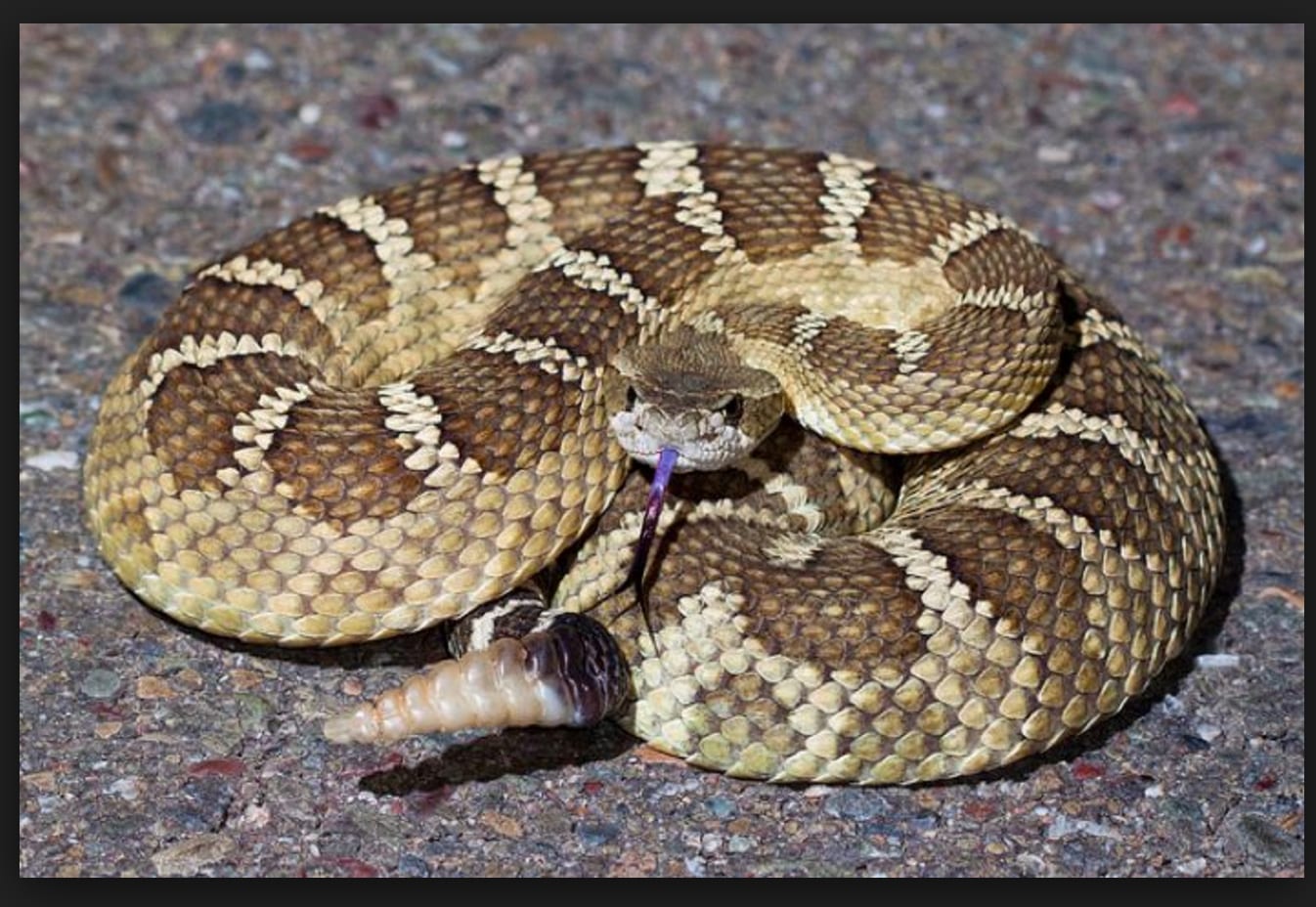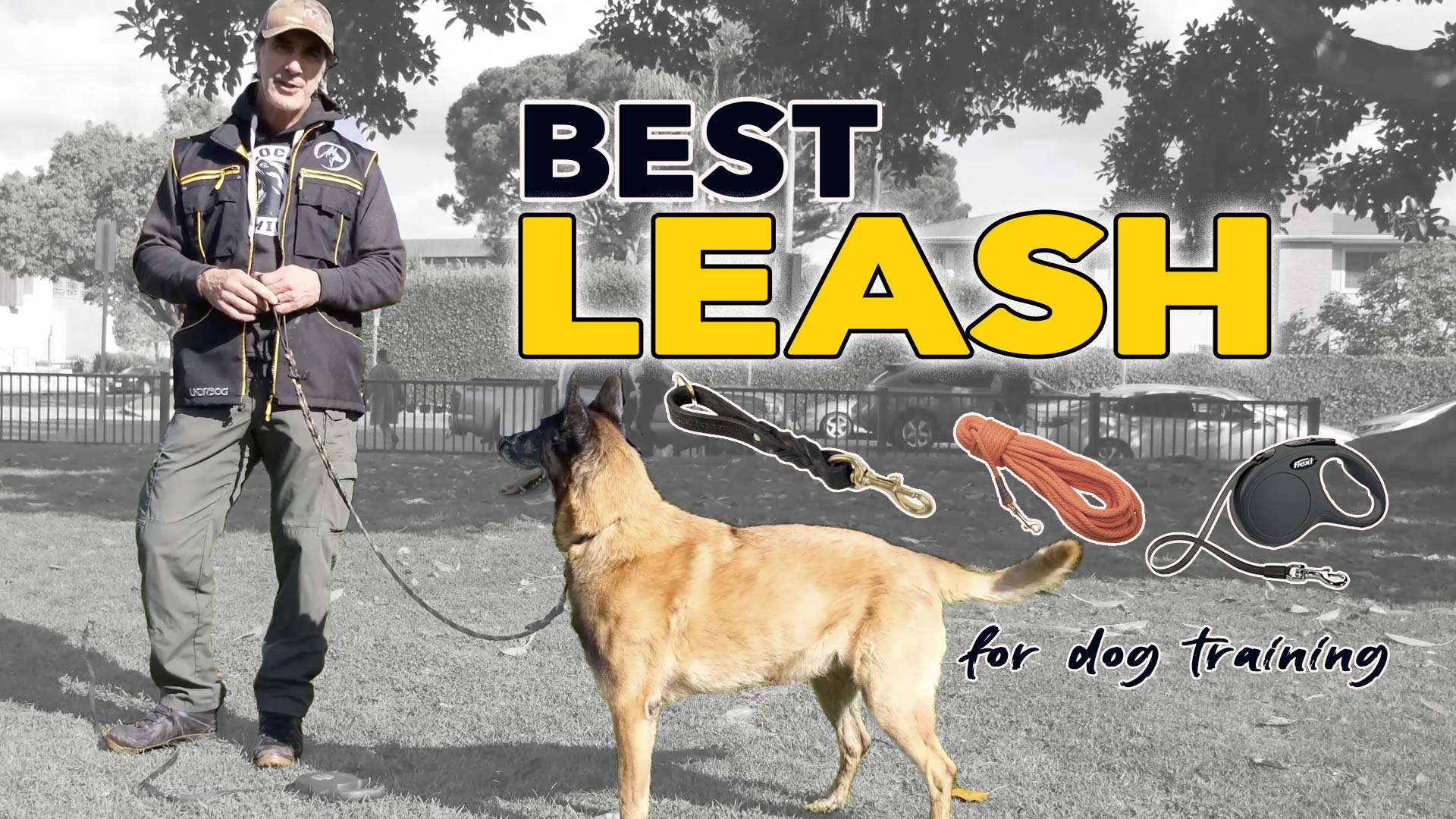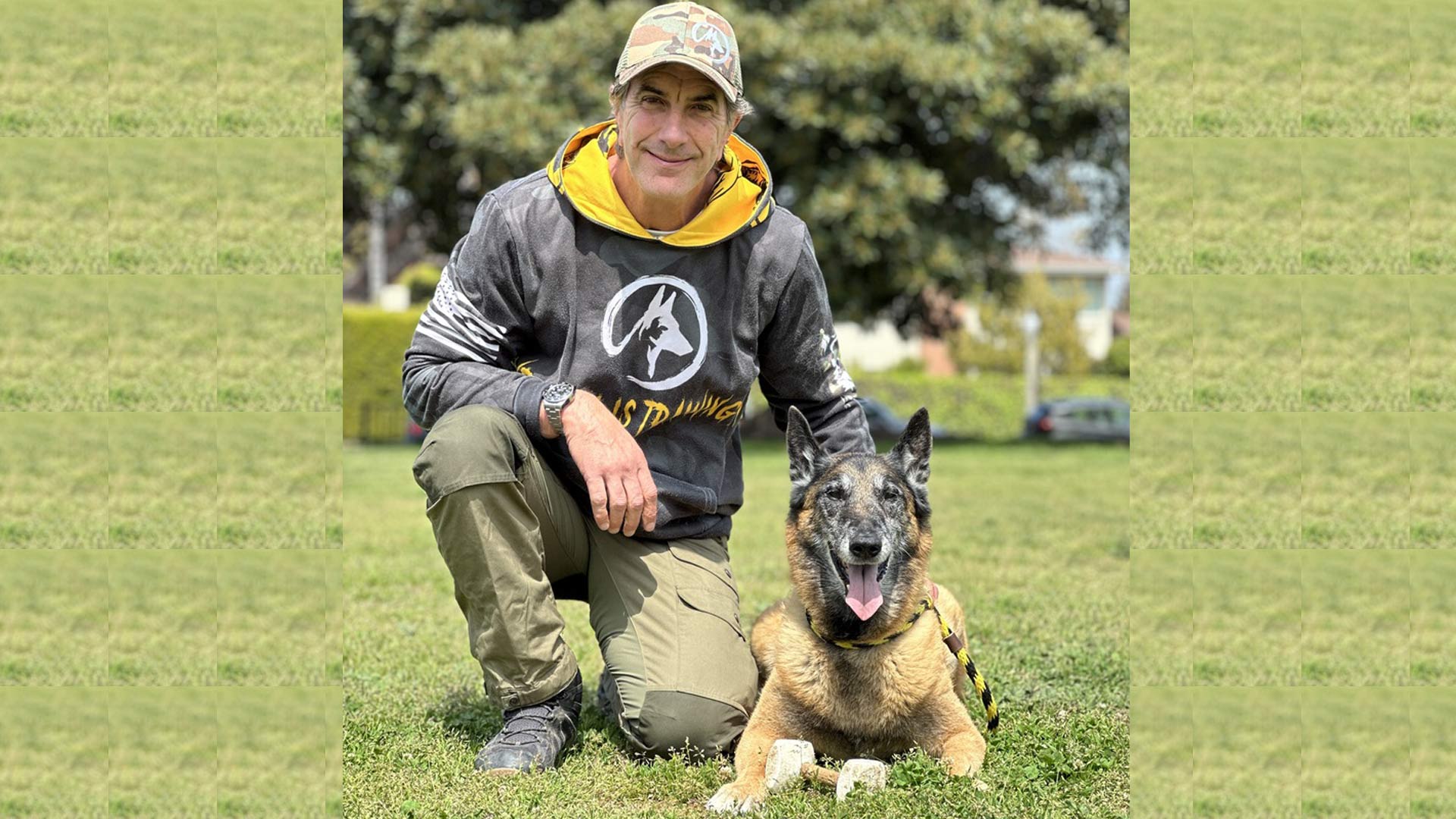In many areas where rattlesnakes pose a serious danger to humans and dogs, people opt to “avoidance train” their dogs. It is important to understand what this training will and won’t do for your dog.
Let’s start out with what it won’t do. Avoidance training is not a 100% guarantee that your dog will never get bitten by a rattlesnake, it is a good deterrent, but no guarantee. Many trainers will not be 100% truthful about this, but the good ones will. Training is designed to make the snake un-desirable to your dog.
The reason rattlesnakes are such a danger to your dog is 3 fold.
• Rattlesnakes have a strong musk that triggers your dogs, very elaborate, scent drive.
• Rattlesnakes make a very interesting and luring sound to your dog which triggers his impeccable hearing.
• Rattlesnakes move in a very suspicious way that triggers your dog’s prey drive.
See: online dog training
So, when you put all of these components together, it spells disaster for your dog. Competent avoidance trainers are generally those who understand the innate drives of the dog and know how to isolate them. Each component must be understood and addressed separately from the other. Each of the dog’s senses are independent and a correction must be placed onto the dog when any one (not all three) are triggered. Oftentimes trainers will place the snake in a box to avoid the dog seeing the snake and use a deadened rattle so as to avoid the sound. It is a complex process to train your dog to avoid the snakes. But again nothing is 100%. Rattlesnake Avoidance Training is one of the most important trainings that you can provide for your dog because if you don’t, chances are that your dog will 100% go “investigate,” and that investigation (at it’s very best) could be VERY expensive.
Now, let’s look at why some dogs get bitten even if they are “trained.” As I said previously, this training is designed to teach your dog to avoid the snake and not “investigate.” The training makes the snake un-interesting. If the dog is unaware of the snake, which can happen, he may stumble over one and get bit. For example, your dog is playing, running or not paying attention and stumbles over one, he startles the snake and the snake strikes. This is not a failure in the dog or the training, it is a circumstance that cannot be accounted for.
When dogs are scent trained they are trained to “target” that scent, but may not ALWAYS be on the lookout for the scent; they may or may not be, but it’s not 100%. What is closer to 100% is that the dog should prove to AVOID the scent, sound and sight of the snake if the avoidance was properly placed, this is hopefully proofed at the end of the training when the dog encounters a loose snake and asked to walk over it. Avoidance training is best done with an electric collar and real (local) rattlesnakes. Do not fall for trainers that use fake snakes, snakes from other locals, dead snakes or anything like that. The snakes should be free and MUST be muzzled by a professional wrangler. If not, your dog is in immense danger. Furthermore, the correction (or avoidance training) your dog receives MUST be strong enough to make the memory last. It can’t be a slight correction, it must set the memory in stone. It is also recommended that the training be repeated, at least yearly.
If your dog is bitten it is important to get your dog to a vet that has rattlesnake antivenin, and if you live in an area where there are snakes, it’s worth it to find out if your vet carries it, and if not who does. Don’t waste your time trying to catch or kill the snake, that could only get you bit. Get your dog to a vet,best case, keep him as immobile as possible, carry him if you can.






